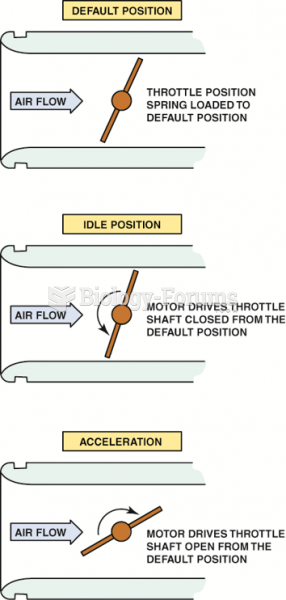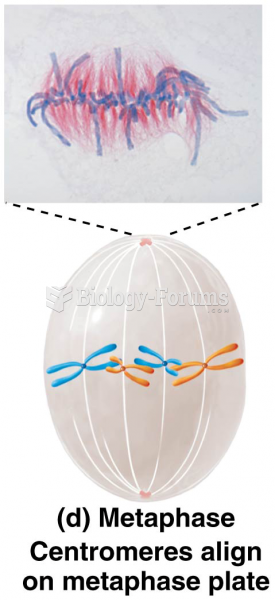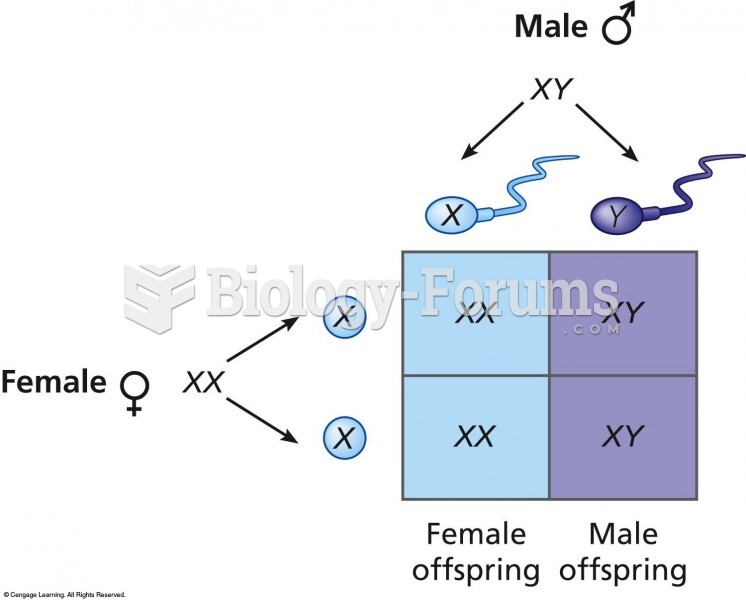|
|
|
Giardia is one of the most common intestinal parasites worldwide, and infects up to 20% of the world population, mostly in poorer countries with inadequate sanitation. Infections are most common in children, though chronic Giardia is more common in adults.
Hypertension is a silent killer because it is deadly and has no significant early symptoms. The danger from hypertension is the extra load on the heart, which can lead to hypertensive heart disease and kidney damage. This occurs without any major symptoms until the high blood pressure becomes extreme. Regular blood pressure checks are an important method of catching hypertension before it can kill you.
To combat osteoporosis, changes in lifestyle and diet are recommended. At-risk patients should include 1,200 to 1,500 mg of calcium daily either via dietary means or with supplements.
When Gabriel Fahrenheit invented the first mercury thermometer, he called "zero degrees" the lowest temperature he was able to attain with a mixture of ice and salt. For the upper point of his scale, he used 96°, which he measured as normal human body temperature (we know it to be 98.6° today because of more accurate thermometers).
More than 4.4billion prescriptions were dispensed within the United States in 2016.
 This cover of Life (1925) offered a stereotypical rendering of the new generation: a young couple ..
This cover of Life (1925) offered a stereotypical rendering of the new generation: a young couple ..
 The opening of the throttle plate can be delayed as long as 30 milliseconds (0.030 sec) to allow ...
The opening of the throttle plate can be delayed as long as 30 milliseconds (0.030 sec) to allow ...





